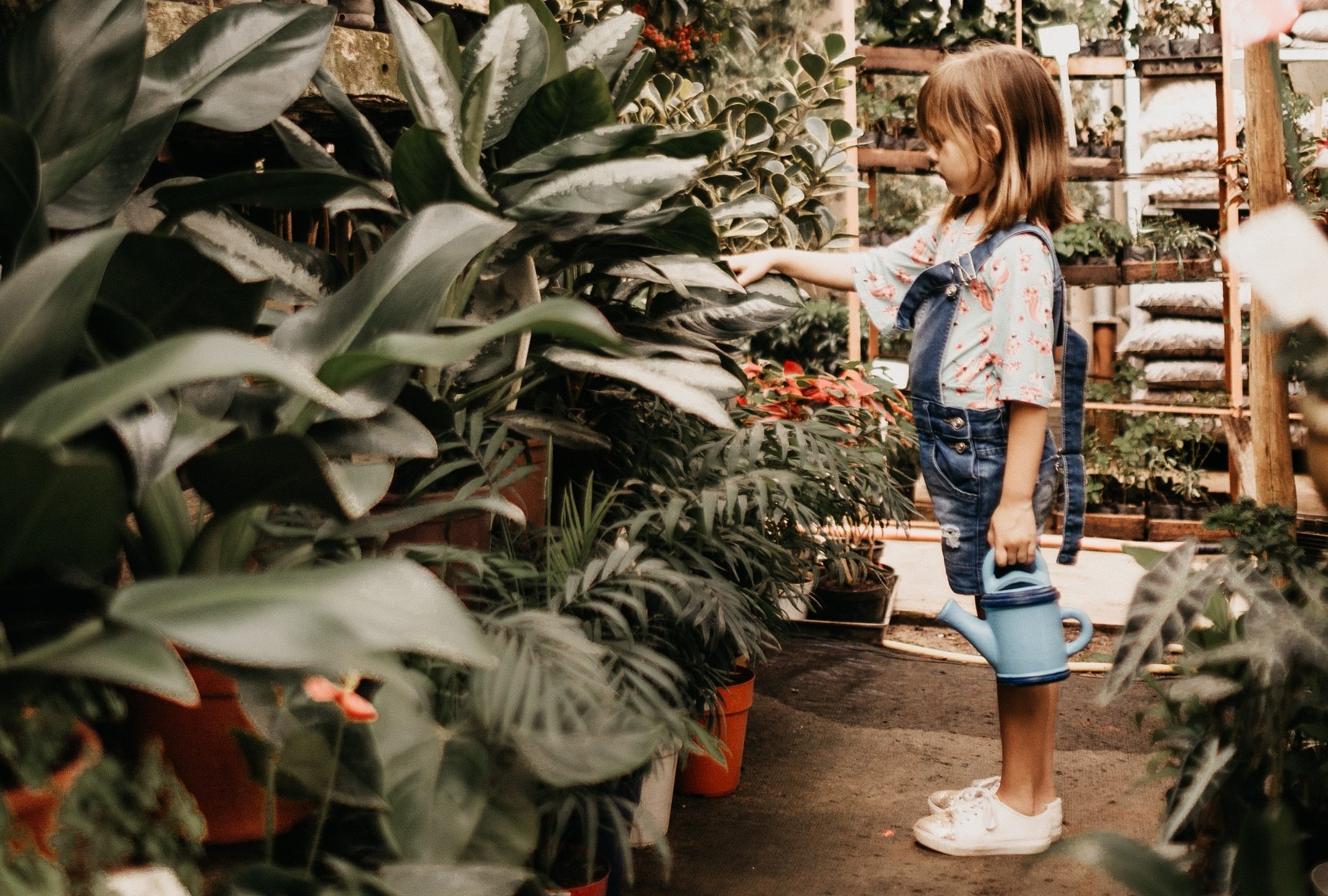Peat is used in horticulture, as a soil improver and ingredient of growing media. The volume used annually is about half that of fuel peat. Germany and Canada account for over half of horticultural peat extraction. Other important peat production countries are the Baltic states, Finland, Ireland and Sweden but also Chile and Argentina.

Benefits of peat as growing medium
The following qualities are what makes peat moss a unique and sought-after product in horticulture and agriculture, whether as a principal component in growing media or as a soil amendment:
It improves soil structure, increases water retention in light sandy soils and helps to reduce the leaching of nutrients. Peat moss can retain up to 20 times its weight in water.
It aerates and improve drainage of heavy clay soils, allowing roots to breathe, grow and better absorb nutrients.
It improves soil buffering capacity because peat moss is highly tolerant to pH variations.
It improves the cation exchange capacity (CEC) that helps to retain minerals, releasing them over time and preventing the leaching of fertilizers.
It is a natural resource free of weeds and pollutants. Peat moss allows plants to grow in aerated and well-structured soil cheap designer frames, guaranteeing healthy, vigorous plants.
Source: peatmoss.com
Environmental impact
As with energy peat, horticultural peat extraction requires drainage of the peatland to accommodate machinery and facilitate drying of peat prior to extraction. This increases CO2 emissions and reduces efflux of CH4. Although horticultural peat is not consumed instantaneously, it decomposes over time.
The first life cycle analysis of greenhouse gas emissions from horticultural peat extraction was performed In Canada. Decomposition of peat in growing media accounted for over 70% of greenhouse gas emissions from peat used in horticulture. Remaining emissions arose from transportation (10%), processing (4%) and land-use change (15%).
Although the use of peat in growing media may enhance productivity of those plants it is used to grow, leading to some increase in C storage, this is temporary and short term and has not been quantified or included in life-cycle analyses to date.
